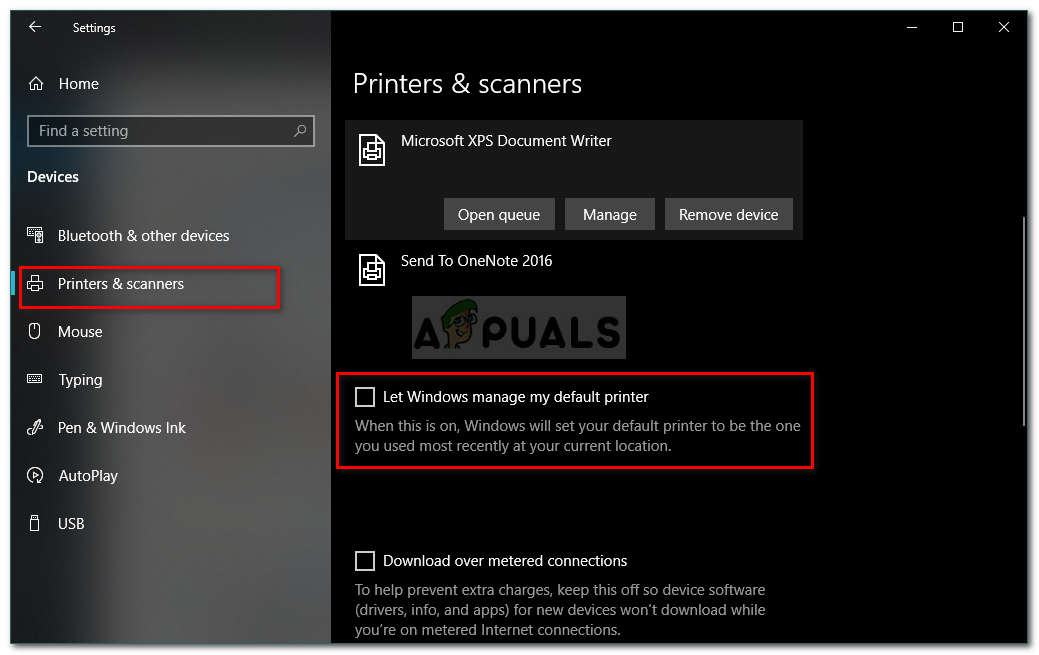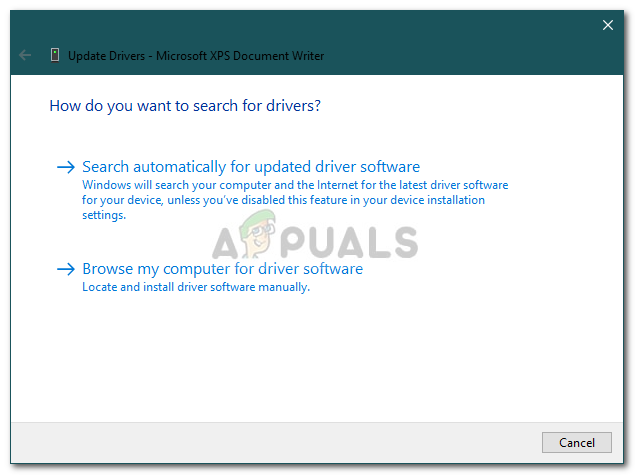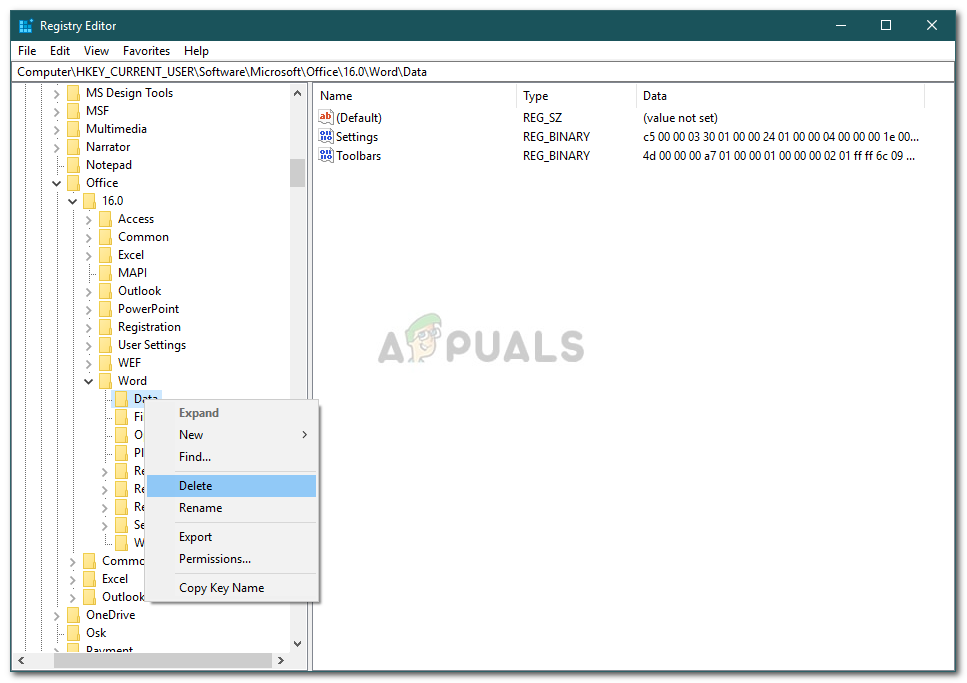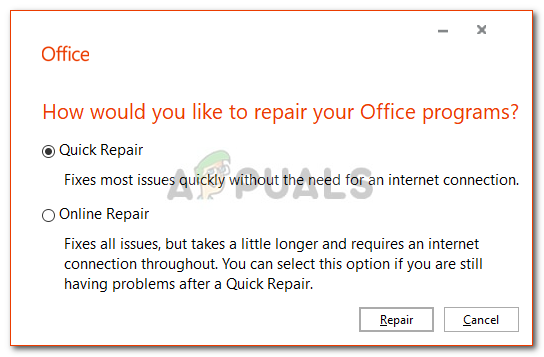Fix: Microsoft Word Won’t Open on Windows
Microsoft users have reported that they are not able to launch Microsoft Word 2013 or 2016 on Windows 10. This can be due to a number of factors like your add-ins, corrupt installation etc. This issue has been torturing users for quite a while and isn’t something new. According to the user reports, the issue mostly occurred after upgrading to Windows 10 or after installing a certain Windows 10 update.

Microsoft Word, if you don’t already know, is a member of Microsoft Office which is a family of client and server software. If your Microsoft Word 2016 or 2013 isn’t starting up, it can turn out to be quite a big deal as we use the product in our daily life for purposes like assignments, applications etc. Down below is a list of solutions that have been tested by other users which you can apply to isolate your issue.
What causes the Microsoft Word 2016 or 2013 to not Start on Windows 10?
Well, according to the reports submitted by users, the issue is often due to the following factors —
- Word add-ins. In some cases, the add-ins can be the culprit which is causing the application to not start up. In such a case, you will have to remove the add-ins.
- Windows update or upgrade. According to some users, the issue came into being after they upgraded their system to Windows 10 while for some, updating Windows 10 happened to be the cause.
- Corrupt installation/files. A corrupt installation of Microsoft Office can also contribute to the said problem. In such a scenario, you will have to repair your installation.
You can fix your issue by applying the solutions down below. As usual, you are advised to follow the given solutions in the same order as provided.
Solution 1: Run in Safe Mode
As we have mentioned above, sometimes the add-ins can be causing the problem. In such a case, you will have to boot up Microsoft Word in Safe Mode to see if the add-ins are, indeed, causing the problem. Here’s how to do it:
- Press Windows Key + R to open Run.
- Enter the following command in Run and then hit Enter:
Winword /safe

If the application starts smoothly in Safe Mode, this means the add-ins are causing the problem. Therefore, you will have to remove them by doing the following:
- Go to File and then select Options.
- Switch to the Add-ins tab and disable all of them.
- Close the application and try starting it normally.
Solution 2: Change Default Printer using another User Account
Sometimes, the reason due to which the application is not launching can be your default printer. MS Word might not be able to access the printer due to which it doesn’t boot up. In such a case, you will have to change your default printer. You can try to change your default printer without using a different user account, however, in case it doesn’t work, you will have to change it using another user account. Here’s how to do it:
- Press Windows Key + I to open Settings.
- Go to Devices.
- Switch to the Printers and scanners panel.
- Untick ‘Let Windows manage my default printer’ and then select the printer you want to use.

Changing Default Printer - Click Manage and then select ‘Set as default’.
- Launch Microsoft Word.
If this doesn’t fix your issue, you can try updating your printer’s drivers. Here’s how to do it:
- Go to the Start Menu and open up the Device Manager.
- Expand the ‘Print queues’ list.
- Right-click on your printer and select ‘Update driver’.
- Finally, select ‘Search automatically for updated driver software’.

Updating Printer Driver - Wait for it to finish and then restart your system.
Solution 3: Remove Microsoft Word Registry Keys
If the rest of the Microsoft Office software is working fine and MS Word 2016 or 2013 is the only one affected, you can fix this issue by removing Word’s registry keys. Here’s how to do it:
- Press Windows Key + R to open Run.
- Type in ‘gpedit’ and press Enter.
- Navigate to one of the following paths according to your Word’s version:
Word 2002: HKEY_CURRENT_USER\Software\Microsoft\Office\10.0\Word\Data Word 2003: HKEY_CURRENT_USER\Software\Microsoft\Office\11.0\Word\Data Word 2007: HKEY_CURRENT_USER\Software\Microsoft\Office\12.0\Word\Data Word 2010: HKEY_CURRENT_USER\Software\Microsoft\Office\14.0\Word\Data Word 2013: HKEY_CURRENT_USER\Software\Microsoft\Office\15.0\Word Word 2016: HKEY_CURRENT_USER\Software\Microsoft\Office\16.0\Word
- Right-click on the Data key and select ‘Delete’.

Deleting MS Word Key From Registry - Afterward, restart your system and launch Microsoft Word.
Solution 4: Repair Installation
Finally, the last thing you can do to fix your issue would be to repair your Microsoft Office’s installation. Here’s how to do it:
- Press Windows Key + X and select ‘Apps and Features’ located on top of the list.
- Highlight Microsoft Office from the list and select Modify.
- Now, depending on your copy of Office, you might get one of the two prompts, ‘How would you like to repair your Office Programs’ or ‘Change your installation’.
- If you get the first one, select Quick Repair and then click Repair. If this doesn’t fix the issue, try repairing using the Online Repair option.

Repairing Microsoft Office - In case you get the ‘Change your installation’ window, just select Repair and then click Continue.
- Lastly, follow the on-screen instructions to complete the repair.




